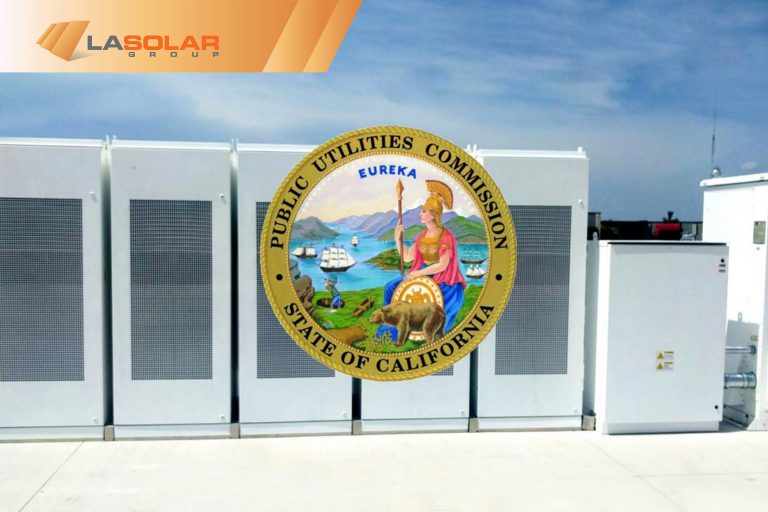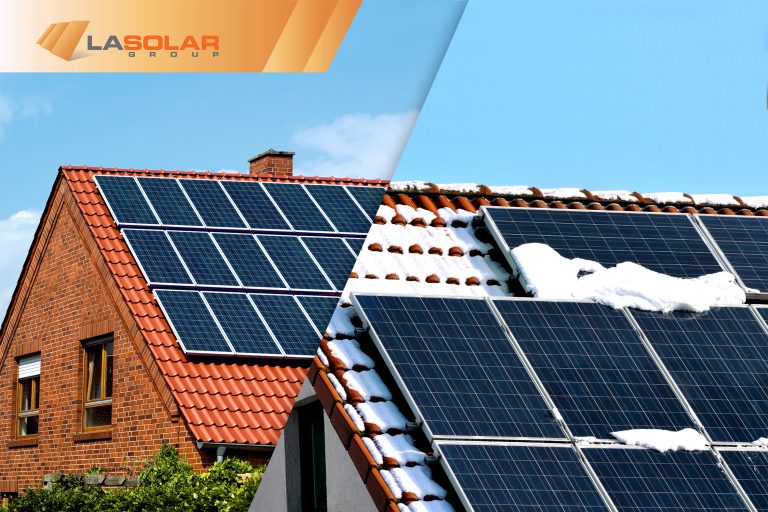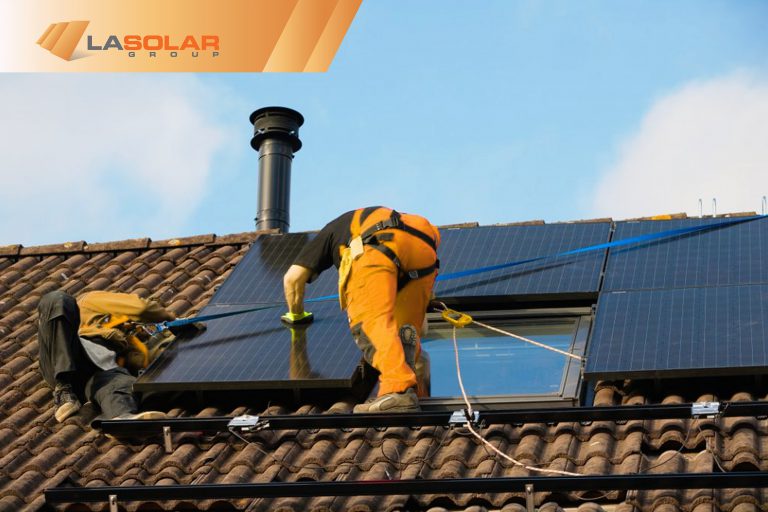There are usually a lot of questions that pop up when you consider going solar. One important question is how going solar affects your financial relationship with your local electric utility. If you go solar and connect your system to the electrical grid, how does that change your relationship to the utility? What if you lease your rooftop solar system instead of buying your own? Let’s look at a few common scenarios to illustrate what California homeowners can expect when going solar.
Net Energy Metering
The most common rooftop solar system is interconnected to the electrical grid and local electrical utility. Staying connected to the grid ensures you’ll have power when the sun’s not shining (setting aside battery storage for the moment) and gives you someplace to sell your excess power, should you generate more than you use. That’s done through net energy metering (NEM), so-called because the utility meters the net energy you consumed vs. produced, and credits you for any difference.
If you, like many Los Angeles residents, have been getting your power from Southern California Edison (SCE), you can keep them as an electricity provider. After your rooftop solar installation, the city will perform an inspection to make sure the solar, roofing, and electrical work meets its requirements. Then SCE (or your local utility) will install a net meter. Once they’ve done that, you’ll get the official Permission to Operate, and you can start generating power from sunlight and selling any excess back to SCE.
Power Purchase Agreements
Some homeowners get the benefit of going solar without ownership. If you’re one of these people, you’ve entered into a power purchase agreement (PPA) with your utility. The utility sets a price for the energy generated from your rooftop system, then enters into an agreement to buy a certain amount of energy over time from you. As a result, you get a set low price for your power, and the knowledge that your electricity comes from a renewable fuel source. If you own the home, entering into a PPA could raise your home’s value as well.
The utility likes this arrangement because it gives them another cheap source of power and leasing solar systems to customers may count toward their requirements for increased use of renewable power sources. The system installer and financier also get paid, so everyone gets something from this arrangement.
Self-Generation Incentive Program
The California Public Utility Commission (CPUC) offers rebates to qualified distributed energy generators. Put simply, generating solar power at home makes things easier on utilities, since they don’t have to generate and send as much power to you from a power plant. This also applies to residential energy storage, which similarly helps manage power demand since customers who store power don’t add to demand during times of peak usage. CPUC’s Self-Generation Incentive Program (SGIP) is designed to encourage more distributed energy generation and energy storage like this. The program requires metering, but not an interconnection with the utility.
Note: The SGIP has been extremely popular, and benefits now vary somewhat by utility. As with any incentive, please call us directly for the latest information on eligibility and requirements.
Going Off-Grid
If you are going solar to in order to go off-grid, you can kiss your utility goodbye if you like. You don’t have to sell extra power to anyone—you can store it in a battery to use when and how you like, including powering any electric car charging stations you might have. You don’t have to be connected to the power grid to take part in the SGIP rebate mentioned above. You will simply need to utilize performance metering and report how much energy you’re generating and/or storing.
LA Solar has helped more than 2,000 homeowners go solar all over California. If you have questions about how going solar will affect your physical and financial connections to your utility, give us a call.




